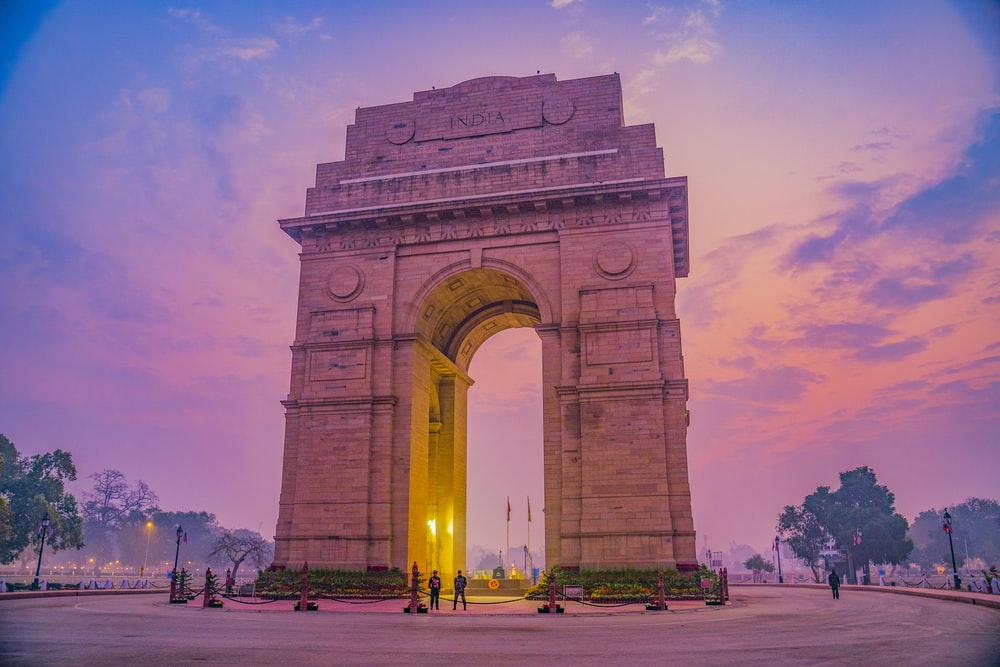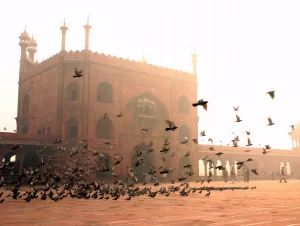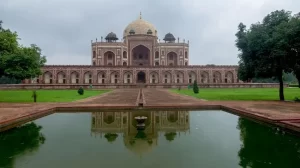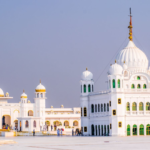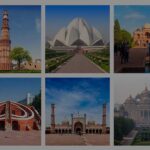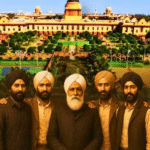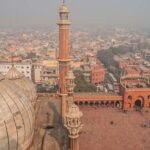The capital of India, New Delhi is often referred to as the “Dilwaalon ki Dilli”, a place where people have a sense of humor and a healthy environment. Many of the facts about Delhi come not only from its vast artifacts of antiquity and history but also as the home of all three branches of the Indian Government. With its long history of the successive empire from the Delhi Sultanate to the Mughals and then the British, the city currently stands as one of the most developing cities in the world. Delhi is popular with tourists and locals because it is a city of sages and spices!
Here are some of the top 20 facts about Delhi that will blow your mind:-
New Delhi and Delhi are two separate locations
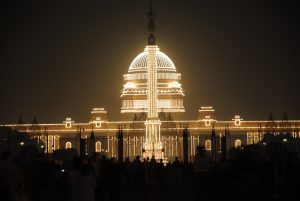
Awesome fact about Delhi isn’t it? But yes it is true, New Delhi and Delhi are two completely different places. New Delhi serves as the capital of the country and Delhi is a very important city where New Delhi is a ‘place’ built by the British while moving money from Calcutta to Delhi. New Delhi is known as the seat of the three arms of the Government of India – Legislative, Executive, and Judiciary.
Red Fort used to be white

Feeling good, the magnificent Red Fort describing the kingdom of Delhi, was originally white. According to archeological research, related studies revealed that Fort was made of limestone and that when the stone began to wither, the British painted it red to preserve it.
Delhi is home to the largest spice market in Asia

The Khari Baori market, founded in the 17th century, still retains its reputation. Located very close to the Fatehpuri Masjid, this fragrant market spreads everywhere, attracting tourists and city dwellers to its entrance.
Delhi is India’s leading commercial center
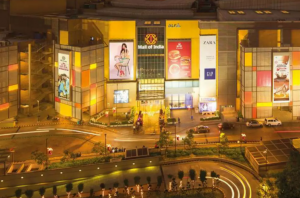
As the capital of the country, Delhi is one of the leading commercial centers in the northern part of India. As well as manufacturing and sales, Delhi also has large and fast-growing industries.
Delhi Transport Corporation and other public transportation services
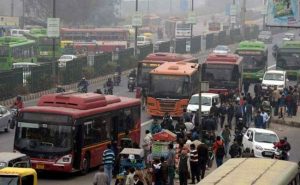
Delhi is fully operational with Compressed Natural Gas (CNG).
From the well-known DTC buses to car rickshaws, they are all powered by CNG, to prevent pollution.
Delhi is home to the unique Toilet Museum

As funny as this fact about Delhi sounds, the toilet museum offers a complete message about the history of sanitation. It is known as the Sulabh international museum and is owned by Sulabh International, which aims to spread the word of cleanliness around the world. The museum was founded in 1992 by Dr. Bindeshwar Pathak.
Delhi was once restrained by 14 gates
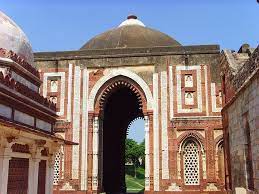
Delhi was surrounded by 14 gates at the beginning of which only five remained. The ‘Kashmere Gate’ built-in 1835 by Robert Smith is the north gate of the city. The ‘Ajmeri Gate’ built in 1644 is opposite Ajmer. The ‘Lahori Gate is the main entrance to the Red Fort. The ‘Delhi Gate’ also known as the ‘Dilli Darwaza’ is another way into Red Fort. Finally, the 13th-century ‘Turkman Gate’ is located in Shahjahanabad.
Delhi hosted the most expensive Commonwealth Games host to date
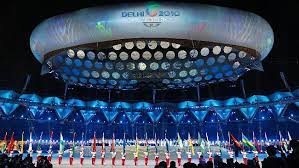
The 2010 Commonwealth Games held in Delhi are the most expensive that any country has ever won.
Delhi is currently the second most populous city in the world
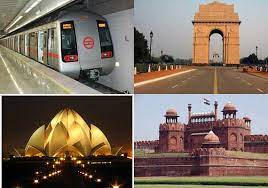
However, as the country’s capital, which ranks second only to the most populous country after China, this fact is not surprising. The population of Delhi is approaching about 25 million according to the 2015 census.
Delhi is home to the tallest minaret in the world
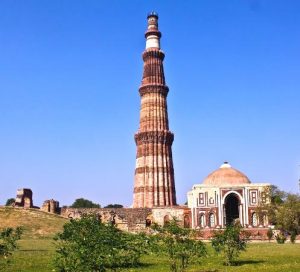
Yes! You guessed right it is Qutub Minar. Construction of this magnificent Minaret began in 1200 AD by Delhi Sultanate – Qutub al-Din Aibak and is still intact within the city.
Delhi has the 13th largest railway network in the world
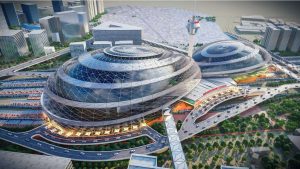
The Delhi municipal station is ranked 13th in the world and the length of the station is 193 Kilometers. Also, the yellow lines at the station are specially designed to guide blind people. It’s good for the community too!
Delhi is the largest city in India
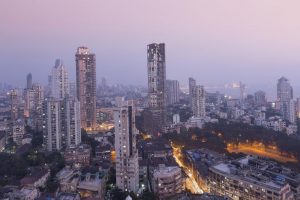
The capital has 11 political constituencies that have been reorganized into 95 police stations.
Delhi is also called ‘Lutyens Delhi’
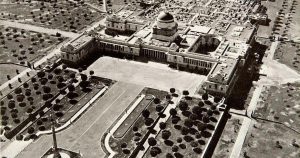
Since the capital was designed by British architects – Sir Herbert Baker and Edwin Lutyens, the city is also known as Lutyens Delhi in honor of its role.
Delhi is the second largest bird in the world
After Nairobi, Kenya, Delhi is the second-largest bird-rich capital in the world. Delhi Ridge is home to many species of birds.
Delhi also has the largest fruit and vegetable market in Asia

Along with the spice market, Delhi also has the largest fruit and vegetable market in Asia. Azadpur Market is about 80 hectares.
The Largest Mosque in India
Jama Masjid is the largest church in India built-in 1656. It was built by Mughal Emperor Shah Jahan. There are many other mosques in Delhi such as Hazrat Nizamuddin Dargah, Fatehpuri Mosque, Sunheri masjid, Zinat ul Masjid.
Humayun’s tomb is an inspiration behind the famous Taj Mahal
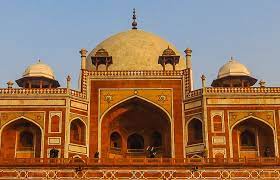
Humayun’s Tomb, located in the Nizamuddin area of Delhi, is an inspiration after the design of many buildings including the construction of the Taj Mahal. This historical monument was erected by Hamida Banu Begum for her husband Humayun who was the second Mughal Emperor. You can find more than 100 tombs within the Humayun’s Tomb universe.
National Rail Museum
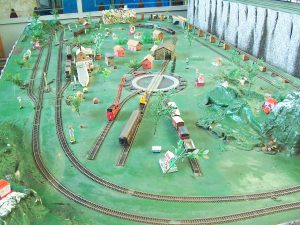
The National Rail Museum is located in Chanakyapuri, New Delhi, focusing on Indian railway heritage. Established in 1977 the museum is spread over an area of 10 hectares with indoor and outdoor exhibits. The toy train offers a ride near that train museum.
Lotus Temple – The only Baha’i temple in Asia
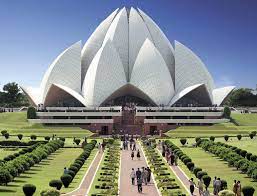
Lotus Temple is one of the eight Baha’i temples in the world, and it is the only Baha’i temple in Asia. The lotus temple in New Delhi is a Baha’i house of worship and was completed in 1986. The temple has won numerous architectural awards and has been featured in hundreds of newspapers. Like all Baha’i houses of worship, the Lotus temple is open to all religions. The Baha’i House of Worship in Delhi attracted more than 70 million visitors, one of the most visited buildings in the world.
Delhi metro platforms are made accessible to the blind

Delhi Metro is the 12th largest metro system in terms of length and channel numbers. You should be aware of yellow-tiled tracks within municipal channels and platforms. These tiles lead in front of the coaches’ doors, straight to the lift area and exit, which helps the blind to find their way. The metro has a daily pass rate of 2.4 million passengers and the DMRC has been named the world’s second-largest metro following the US.
As the capital of the country, these facts about Delhi reveal many mysterious reasons for exploring the city.
